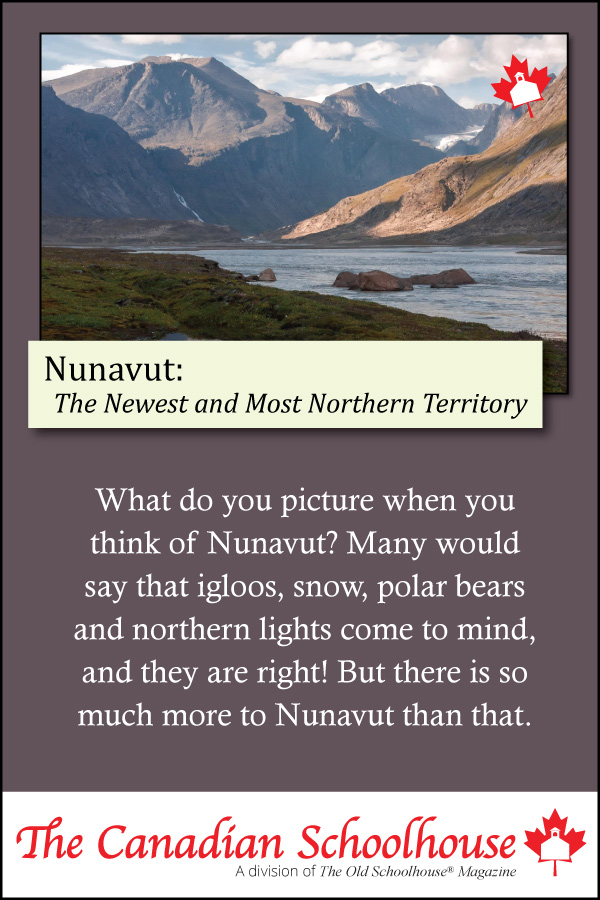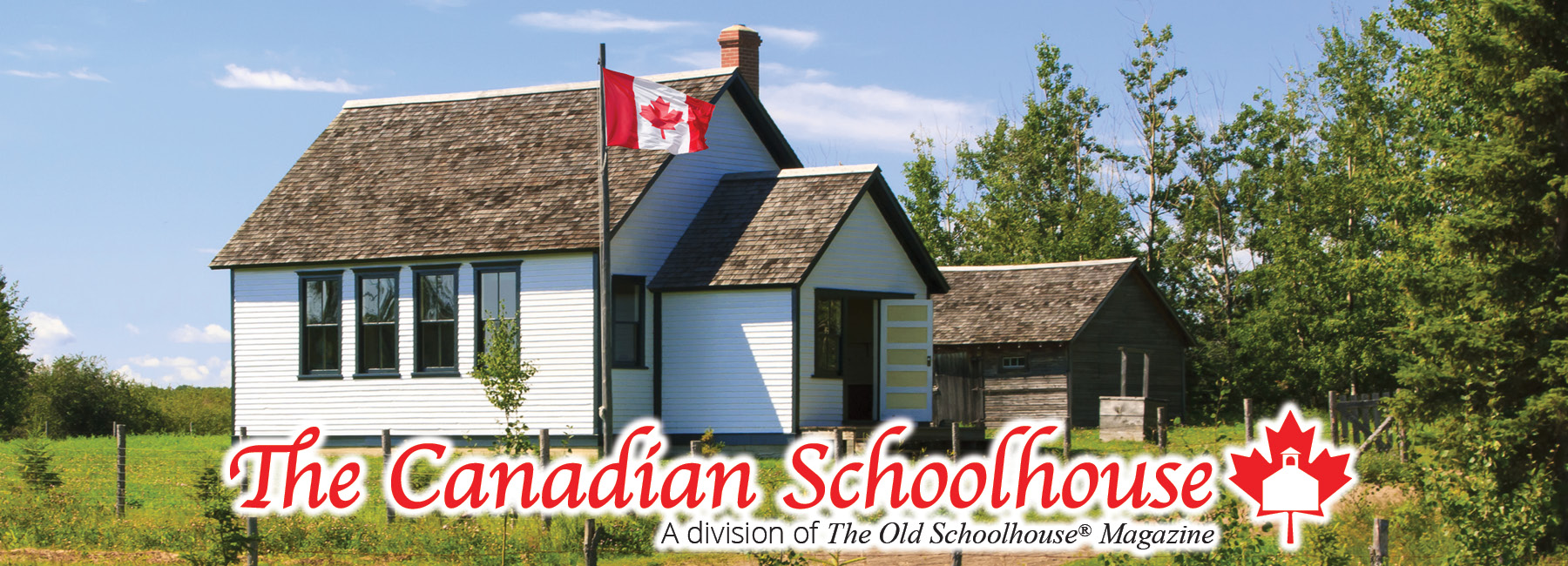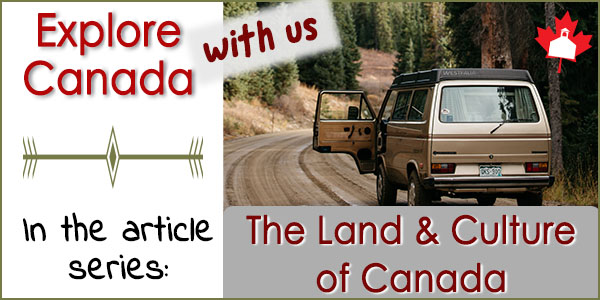
What do you picture when you think of Nunavut? Many would say that igloos, snow, polar bears and northern lights come to mind, and they are right! But there is so much more to Nunavut than that. When we received our first posting to this territory, I was incredibly nervous. But in the end, moving to Nunavut is one of the best things that happened to our family.
Nunavut is a beautiful and unique territory spanning the great north of Canada. It was part of the Northwest Territories until April 1, 1999, when it separated and became an independent territory. It is the largest in land size of the provinces and territories and is found north of the tree line. Nunavut is home to 25 remote communities, all accessible only by plane since there are no roads to connect the communities. The territory is divided up into three regions: Kitikmeot, Kivalliq and Qikiqtaaluk, and I have had the privilege of living in all three.
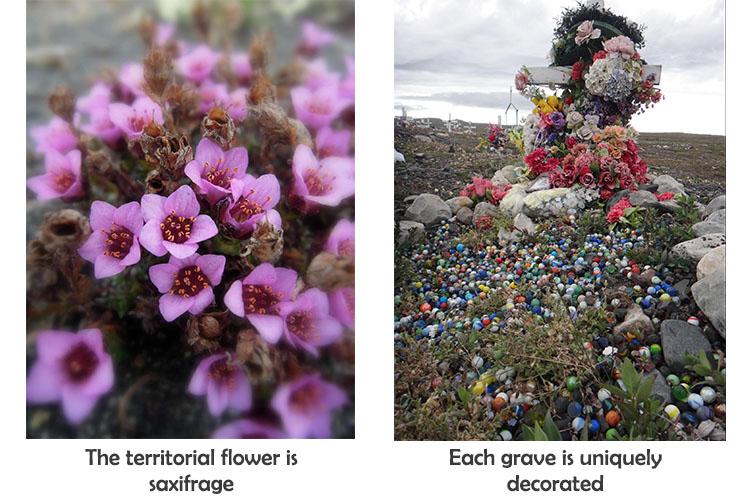
Culture and Community
The official languages of Nunavut are Inuktitut and Inuinnaqtun, along with English and French. The population is over 35,000 people, and they are proud of their culture and heritage. Beautiful traditions are carried on through storytelling, arts and crafts, hunting and spending time on the land. The communities are known to have traditional throat singing and drum dancing at community events and celebrations. The communities host many events throughout the year. The local Nunavumiut look forward to seal hunting and fishing derbies (both ice fishing and open water). Holidays are celebrated with feasts of country food, bbq’s, games, ATV decorating, tea boiling contests, and games.
The communities vary in size, ranging from populations of 129 to almost 8,000 in the capital city of Iqaluit. While igloos are part of the Inuit culture and heritage, they are only built during celebrations and as hunting shelters if the need arises. Regular homes and apartments fill the towns. There are many vehicles, but in the smaller communities, it is more common to have ATV’s or snowmobiles as the main form of transportation.
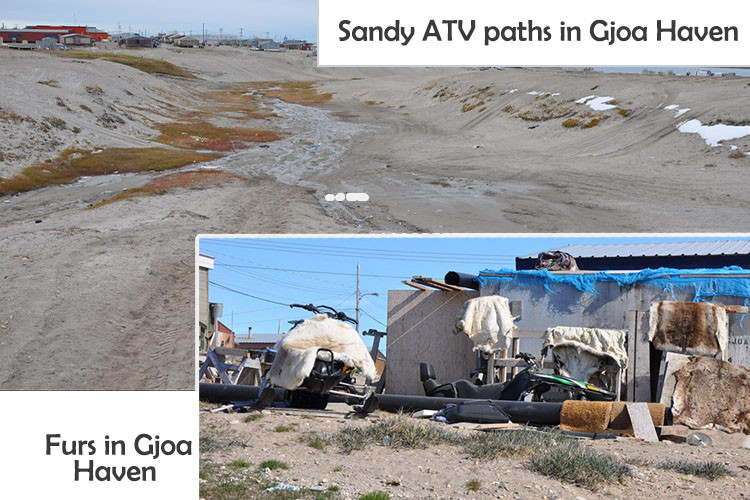
Acquiring Necessities and Supplies
Depending on the community, once or twice a year a barge arrives with supplies. It is a more affordable way to buy groceries in bulk, household effects, building supplies, and even vehicles. Planning a year's worth of goods can be daunting, but it is exciting to watch the barge arrive at the dock and bring the sea cans to shore.
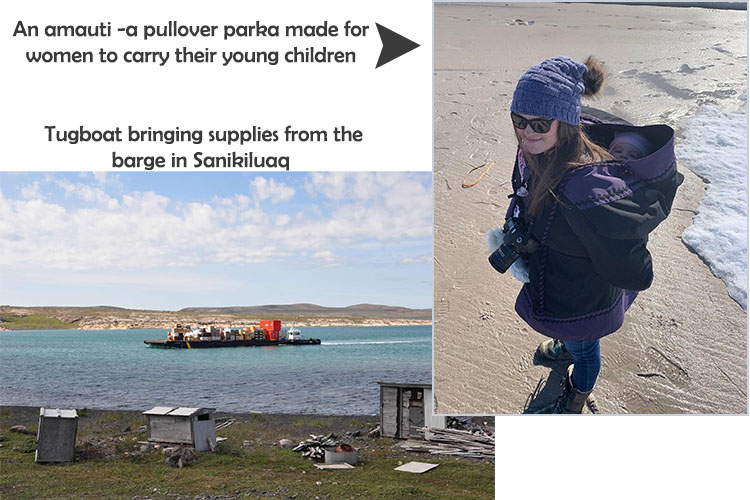
Clothing
One of the most unique pieces of clothing in Nunavut is the amauti. It is a pullover parka made for women to carry their young children. A pouch is sewn into the back where a swaddled baby can be tucked in or a toddler can sit piggy back style. The large hood is often trimmed with fur and is a practical way for a child to stay warm while being outside. Summer versions are also made without a hood or sleeves. Each one is unique and often custom made.
Regions of Nunavut
SANIKILUAQ (Kivalliq Region)
The first Nunavut community we moved to was Sanikiluaq, found on Flaherty Island of the Belcher Islands in the Hudson Bay. There are over 1500 islands in this cluster, but Sanikiluaq is the only community found there. It is below the arctic circle. Passenger flights to Sani are three days a week with the only fly-out points in Winnipeg or Montreal. Travelling in the north is not for the faint of heart. Because of weather or mechanical issues, it is not uncommon to end up diverting to other communities or having flights cancelled.
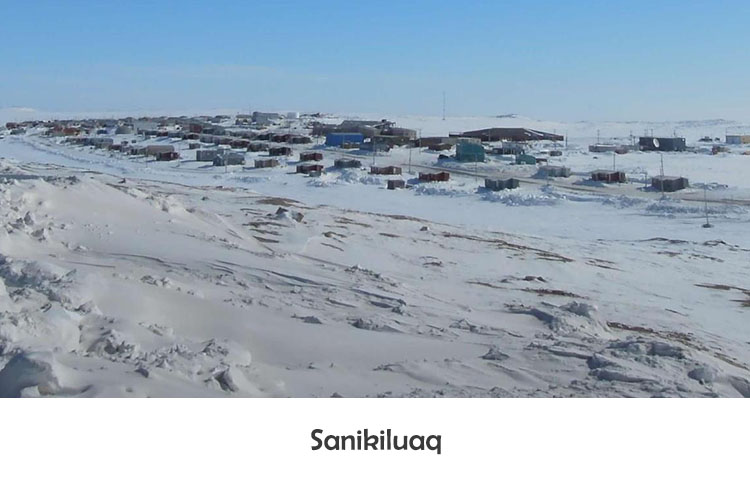
Sanikiluaq has a population of about 1000 people. In this community, you will find a health centre, school, Northern and Co-op store, wildlife office, church (shaped like an igloo), RCMP detachment, and a hotel. Full time nurses staff the health centre with doctors and dentists flying in for clinics throughout the year.
The most common forms of transportation are ATV and snowmobiles. Snowmobiles pull large wooden sleds called qamaatiks behind them with hunting supplies and extra space for families to sit. Hunting and fishing are essential parts of life. Beluga, walrus, caribou, polar bear and arctic char (similar to salmon) are hunted and shared with the community. The land has trails that go on for hours, and the tundra is covered in berries waiting to be picked. Sea urchins are another treat, eaten raw as they are scooped from the water.
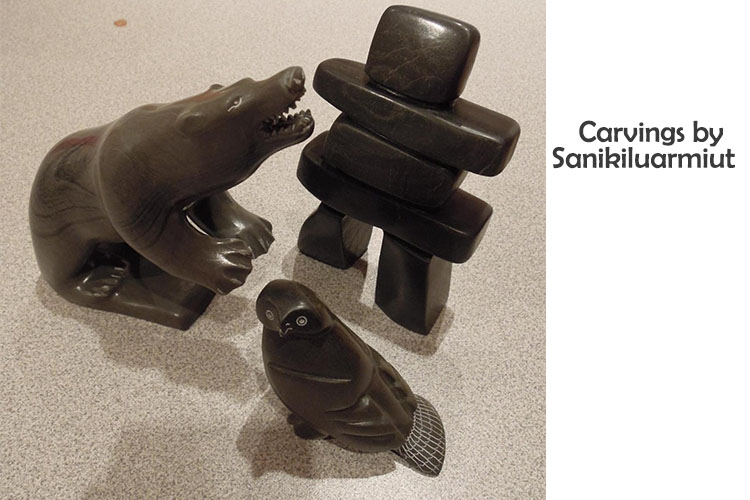
Sanikiluarmiut (the people of Sanikiluaq) are known for making beautiful carvings. Talented sculptors use the local soapstone to create angels, polar bears, loons, eagles, inukshuks, owls, hunters, and other interesting carvings. Baskets of various sizes are woven out of lyme grass. Often a carving is attached to the basket lid. Leather mittens with fur trim are popular as well to keep hands warm for hunting and trips on the land.
A fantastic documentary about the effects hydro dams have had on the Hudson Bay and the eider population around Sanikiluaq is called ‘People of a Feather’.
GJOA HAVEN (Kitikmeot Region)
Our next adventure took us to Gjoa Haven (Gjoa is pronounced ‘Joe’), found on King William Island above the Arctic Circle. It is the only community on the island and is home to about 1500 people. The Inuktitut name is Uqsugtuuq, which means “lots of fat,” referring to the many sea mammals in the waters near town. Norweigan explorer Roald Amudson spent two years docked in Gjoa, calling it the “finest little harbour in the world.”
Gjoa Haven became more popular in recent years with the discovery of the Franklin Ships. In 1845, Sir John Franklin left England with 128 crew members and two ships, the HMS Erebus and HMS Terror. He dreamed of navigating his way through the Northwest Passage, but the journey did not go as planned. The ships went missing for over a century, and it was a great mystery. Thanks to the help of Louie Kamookak of Gjoa Haven, the location of the ships was discovered, and now tours can be arranged to visit the site of the ships.
The community of Gjoa Haven is much like Sanikiluaq in appearance. The homes and stores are similar. ATV’s and snowmobiles are the main form of transportation, and the land also has miles of trails to explore. The shore line is beautiful with clear water lining white sandy beaches. Cabins are found outside of town, often with arctic char being dried in cages to keep the animals out.
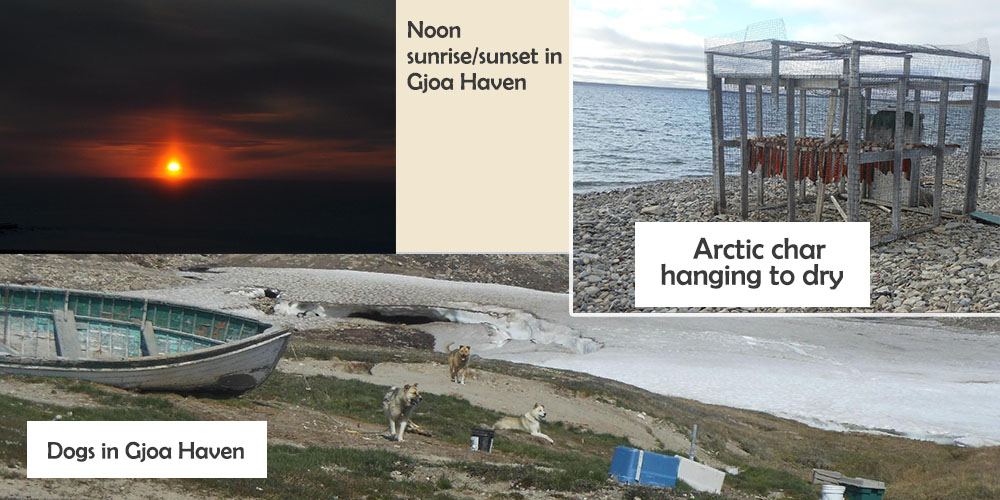
Because Gjoa Haven is so far north, we experienced our first winter without the sun rising. By mid-November the sun set for the last time until mid-January. The temperatures were often in the -50’s F, and plenty of blizzards kept visibility low. Winter in Gjoa Haven lasts until about June, but snowmobiles still head out on sea ice until early July.
The summer temperatures reached 20 degrees F on the warmest days, but most of the time, we still needed to bundle up to head out on the land. It was normal to wear hats, mittens and long underwear in August! Summer also meant long days without the sun setting. People were up all hours of the night fishing and hunting and visiting outside. A summer highlight was watching ships arrive in the harbour as they navigated the Northwest Passage. We met sailors from all over the world and heard great tales of their adventures. The Arctic Tern, Empiricus and Drina were our favourite ships, and we were invited on tours of some of the boats.
A very fun tradition in Gjoa Haven is jigging! The town filled the community hall, and as a live band played square dance music, the local dancers would jig in their soft moccasins. Solo dancing and group choreographed routines were watched as the audience clapped along. It was fun to see how each person added their own personality to the jig.
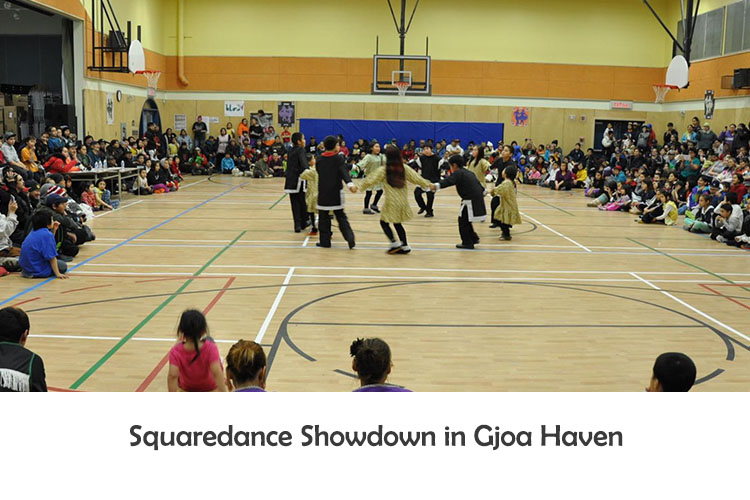
The wildlife in Gjoa Haven is different from Sanikiluaq. Caribou roams the land and the waters are teeming with arctic char, but beluga and walrus are not common. Polar bears are hunted in smaller numbers along with arctic foxes for their furs. Wolf, wolverine and fox furs are seen hanging around town. Muskox are also found on the island, and they are hunted for meat and fur as well.
CLYDE RIVER (Qikiqtaaluk Region)
Our next adventure took us to Clyde River, Nunavut, where we currently reside. Clyde River is found north of Iqaluit on Baffin Island. It is a mountainous area with beautiful white peaks seen as the plane descends towards the community. The fjords surrounding the community are stunning, and Sam Ford Fjord is a popular place for fishing derbies and hunting.
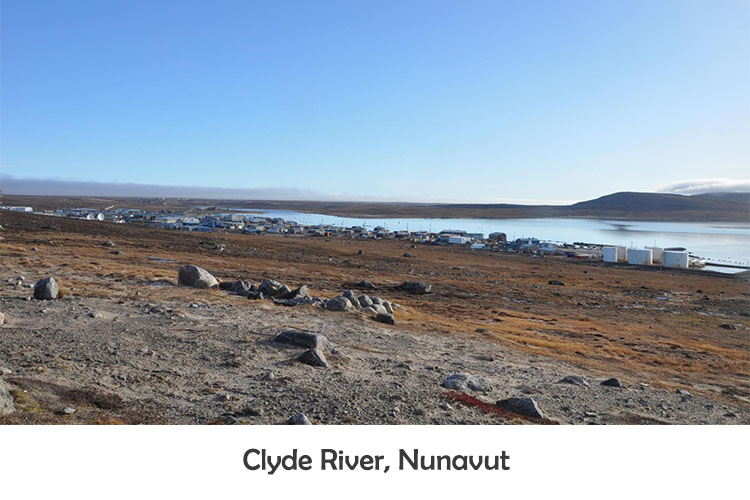
Clyde River (also known as Kangiqtugaapilk) has a population of about 1000 people. The community has just one store which also runs the post office. A small take-out restaurant at The Northern store sells Tim Horton’s coffee, and their pizza is popular. The prices of food at The Northern are high. Dairy and produce are subsidized and are affordable, but when you head to the other aisles, there may be some sticker shock. As the summer goes on and supplies get low before the sealift arrives, prices go up. Pop can cost up to $90 for 12 cans!
Hunting and fishing are a large part of life here. The dock is busy during summer months as boats come and go with their bounty. If there is a sudden flurry of excitement, we know narwhals have been spotted in the bay. Narwhal meat is a favourite food, and the beautiful tusks are often sold. The beaches have many narwhal bones scattered on them. Bowhead whales are spotted playing in the water. Arctic foxes roam and snowy owls are seen on the land. Falcons have also been spotted here.
Winter weather starts to arrive here in September, and by November the bay is frozen and the sun is gone until January. Northern lights dance the nights away, and the town keeps busy with activities at the community hall and games played outside for prizes. Temperatures dip into the -40’s F or lower, and because of high winds, there is often very little visibility.
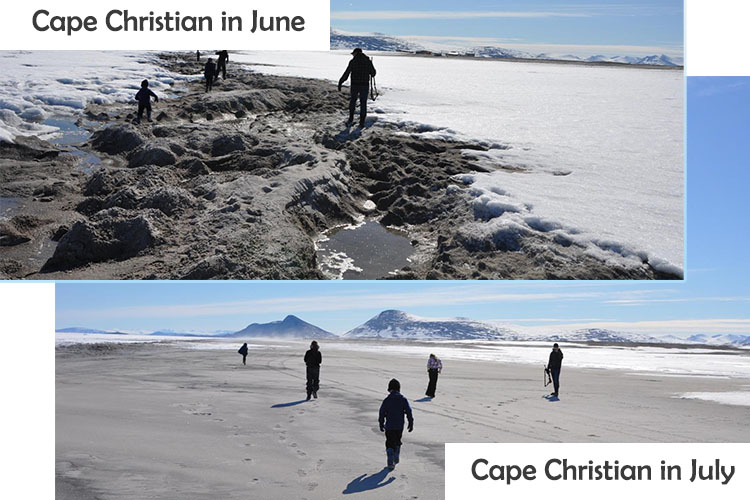
The snow and ice stay until early July, and we look forward to the long summer days and trips to the beaches of Cape Christian. These white sandy beaches are mixed with dark sand that is magnetic. It takes 20 minutes by ATV to get there, and many cabins line the beaches. Seaweed is harvested off the beach for a treat. Huge bowhead whale bones are also found there, and polar bear tracks in the sand are a sure sign that no matter what time of the year it is, one must always be on the lookout. As we approach the beach, it’s fun to see if there are any icebergs floating by.
As the fall approaches, the ice starts to form in the bay, and polar bears start to wander closer to town. After five years of living in Nunavut, we finally saw polar bears from our back step! They are majestic creatures!
More Pictures of Nunavut
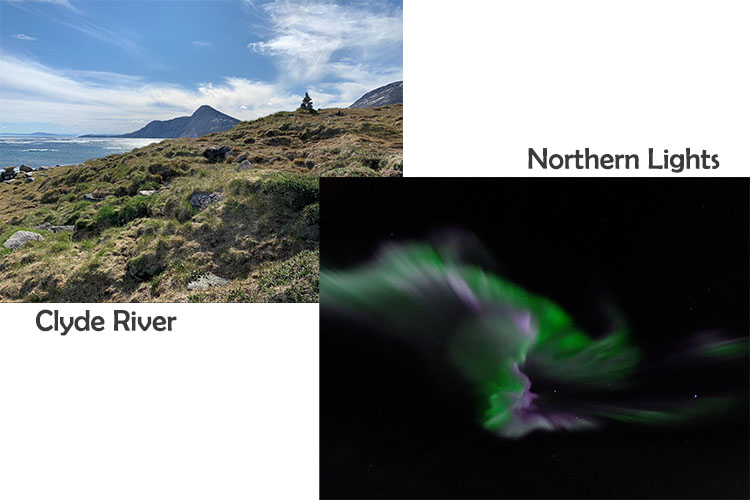
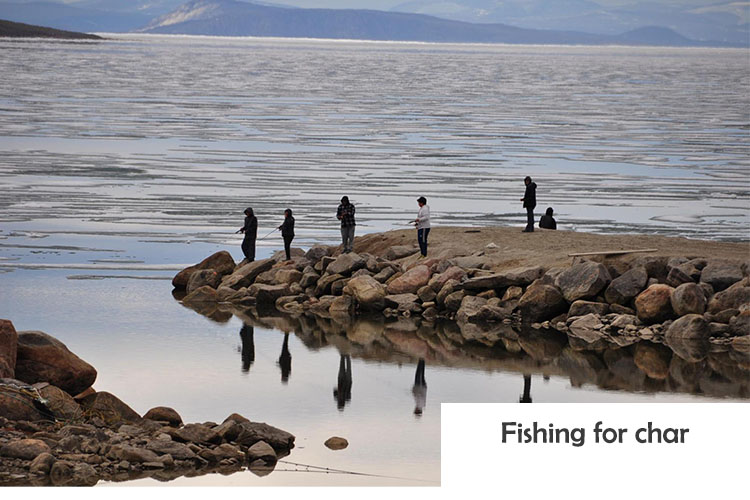
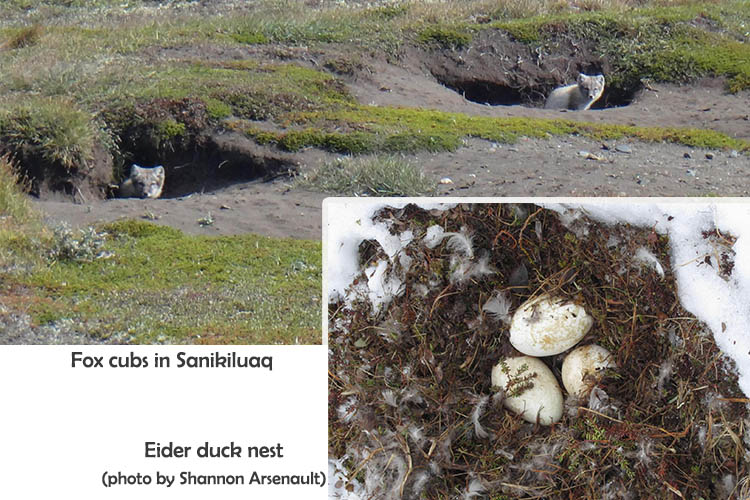
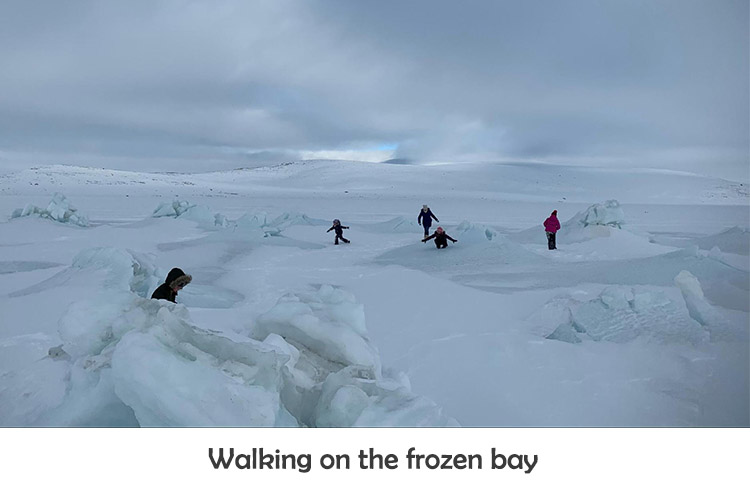
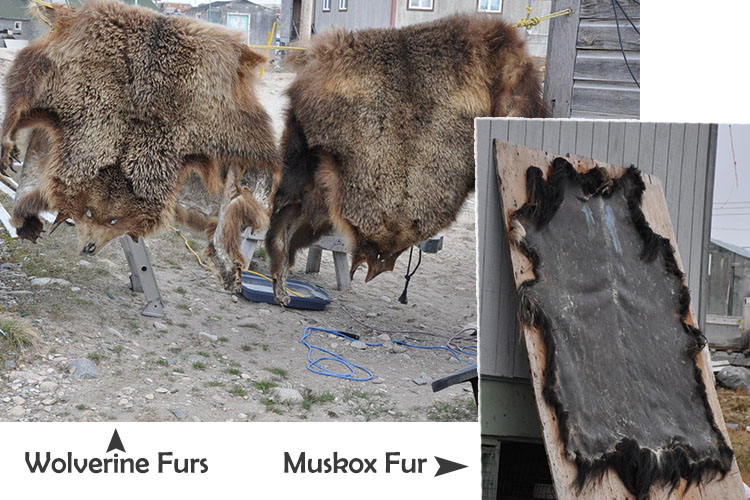
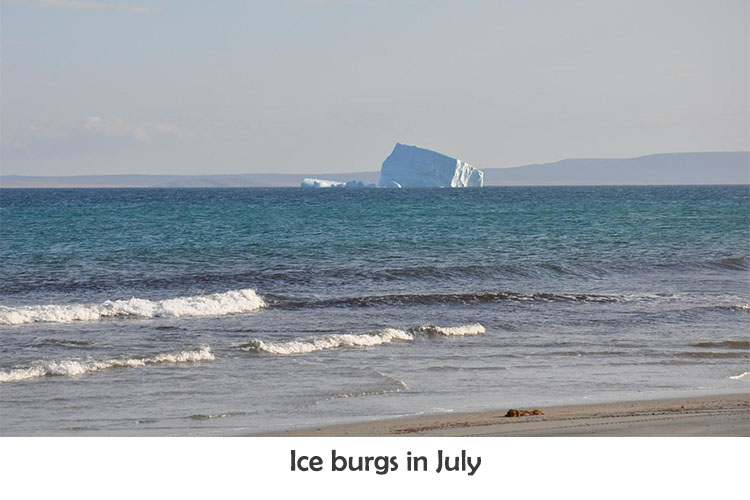
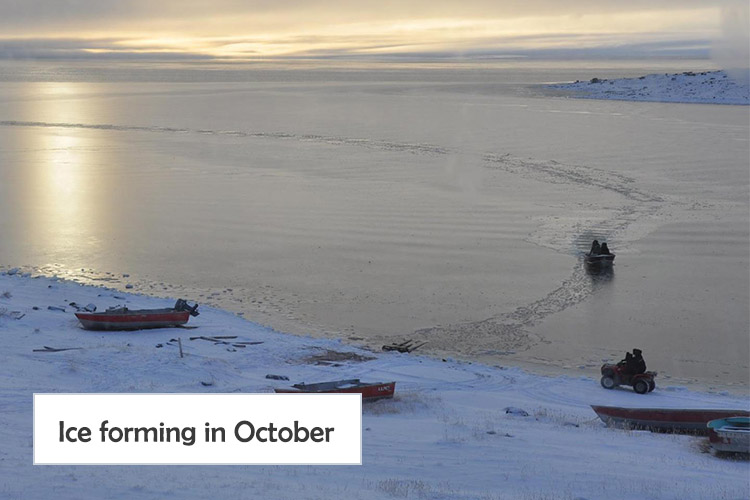
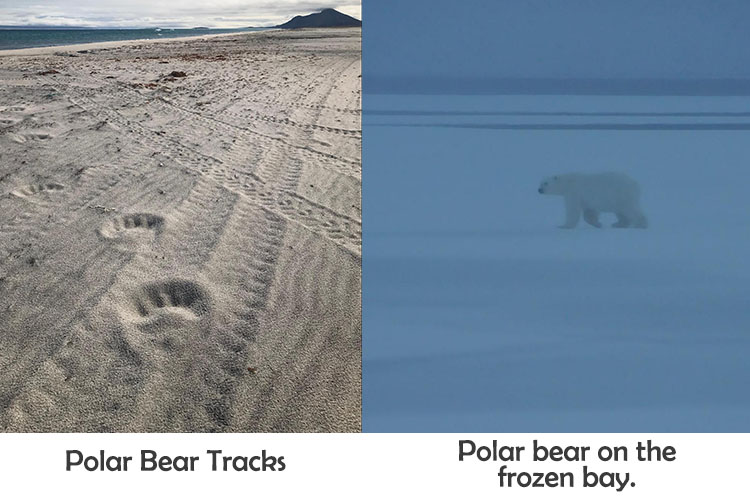
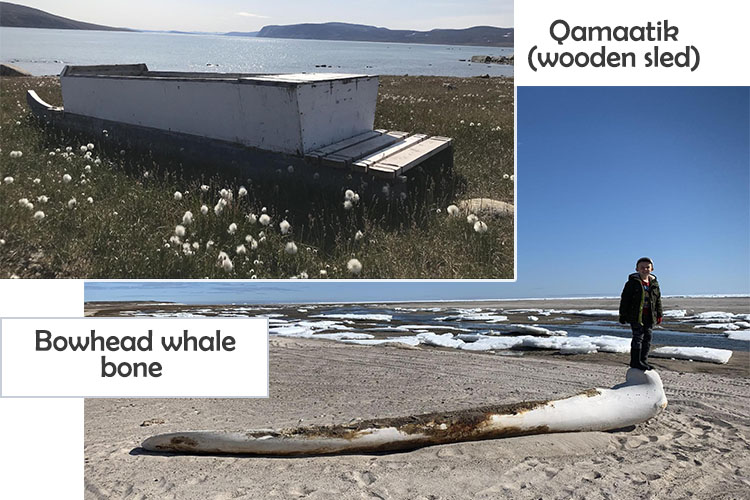
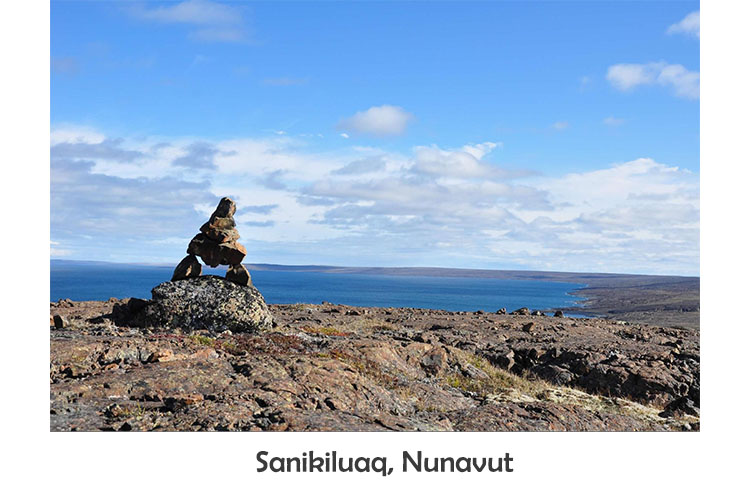
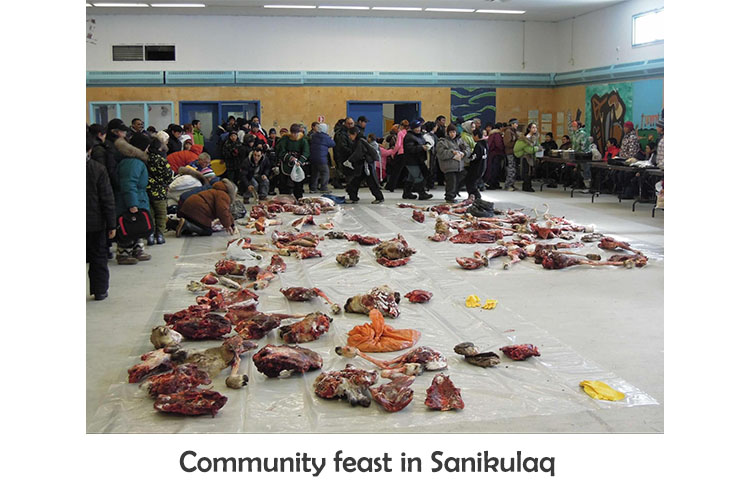
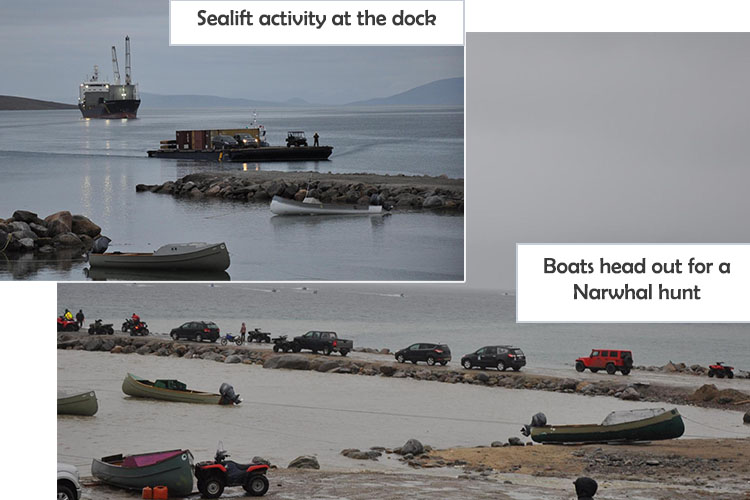
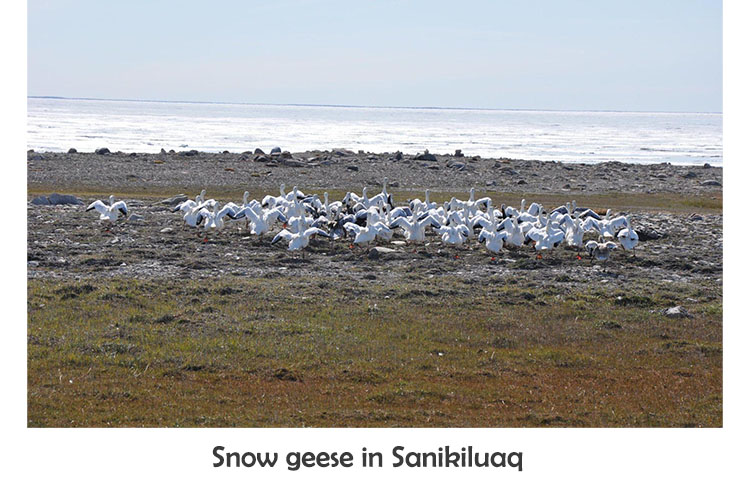
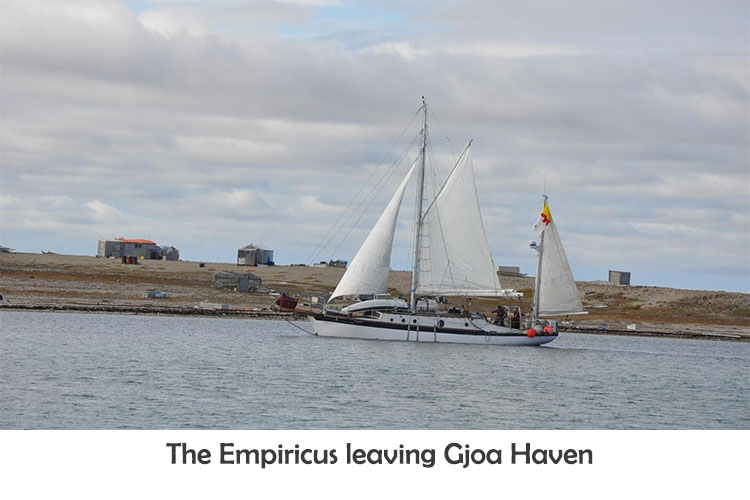
During our time in Nunavut we have seen how vast and diverse this part of our country is. Each community is unique and beautiful, and the people of Nunavut are kind and welcoming. I am honoured to call them my friends and am thankful for the opportunity to call this my home.
This article was written by Erin Coote.
Find out more about Nunavut and the rich culture it holds. You will be surprised all there is to learn about your newest territory,
Erin is a homeschooling mom of 6, 5 which are school age. She is originally from Nova Scotia but has lived in Nunavut for 6 years with her husband who is a member of the Royal Canadian Mounted Police. She enjoys potluck with friends and family, adventures on the land, listening to sermons and podcasts, and reading. She is thankful for the freedom to homeschool her kids and give them a Biblical foundation.
